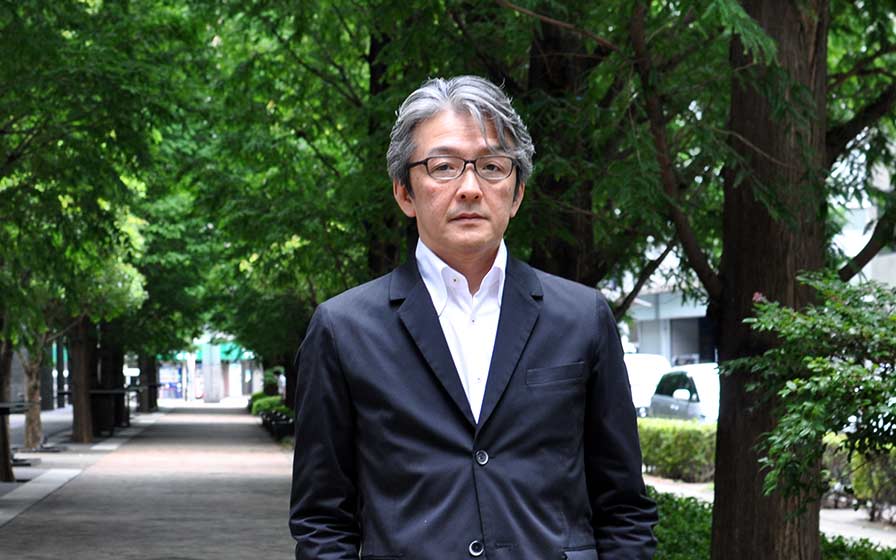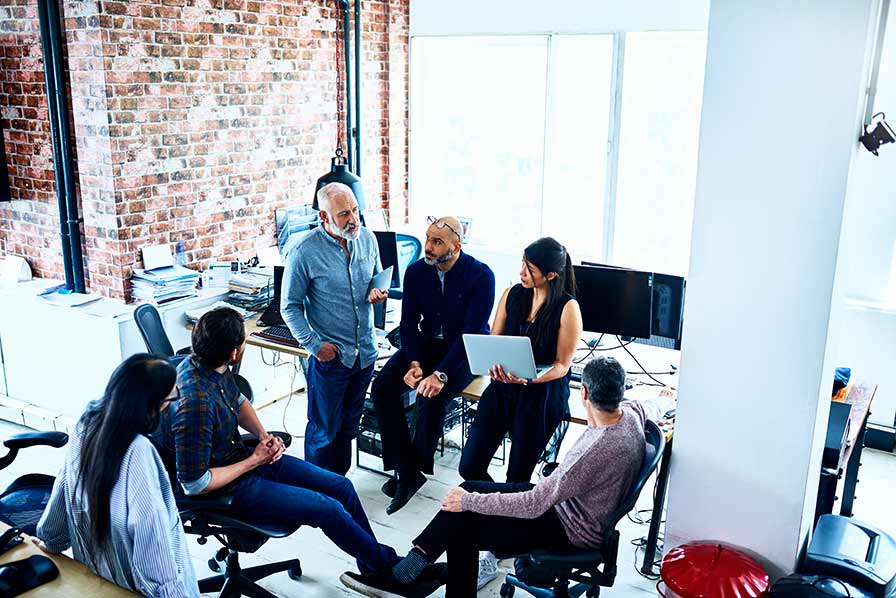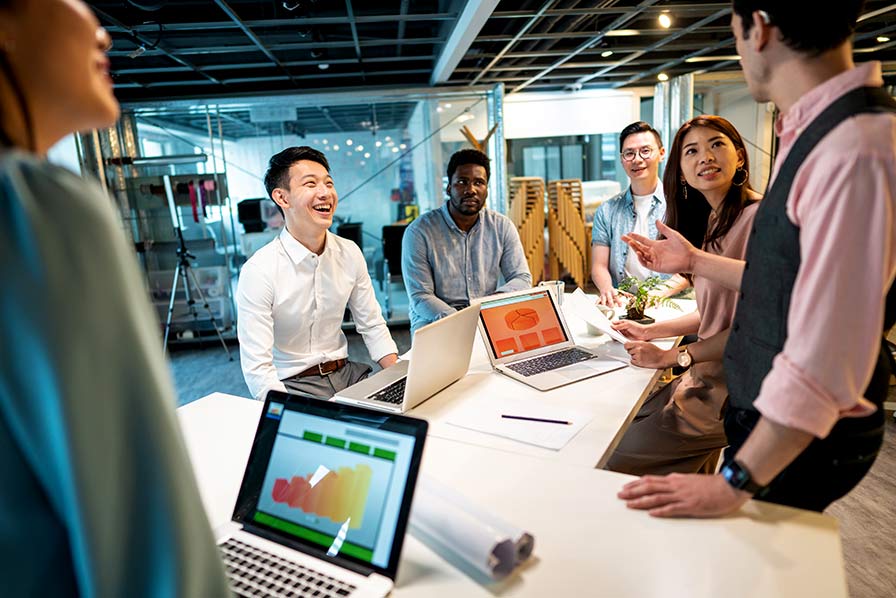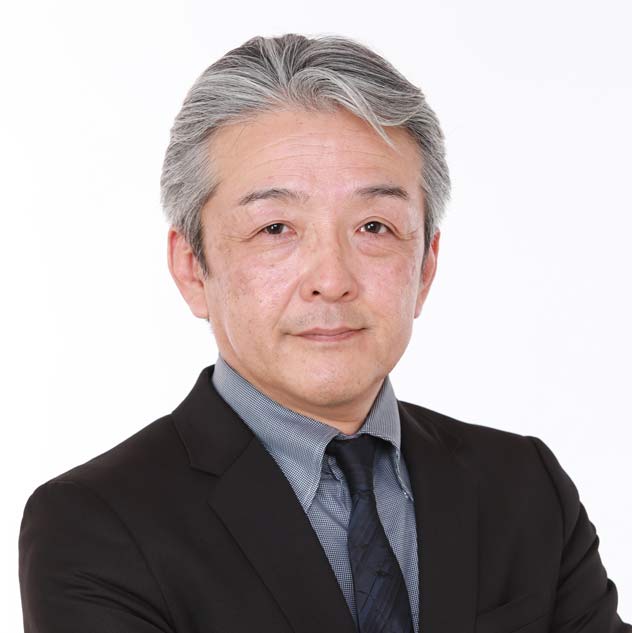Towards a new society brought about by the COVID-19 pandemic;
Safer & More Innovative Workplaces
Ken Kodama, Member of the Board, Senior Executive Officer, Head of Architectural Design Department, NIKKEN SEKKEI LTD
(The positions in this article were current at the time of publication.)
Scroll Down
With the unexpected push in this day and age towards working remotely, there have been claims that offices are a thing of the past. By contrast, some organizations around the world have announced that they are actually expanding their spaces. At this time as we face common challenges and soak up new cultures, people have gravitated closer together to form teams, organizations and cities. It is likely that the workplace will need to serve anew as a starting point.
 Ken Kodama, Member of the Board, Senior Executive Officer, Head of Architectural Design Department, NIKKEN SEKKEI LTD
Ken Kodama, Member of the Board, Senior Executive Officer, Head of Architectural Design Department, NIKKEN SEKKEI LTD
(The positions in this article were current at the time of publication.)
The office as home
However, under the state of emergency declared for COVID-19, many office workers had no choice but to stay at home. While there were challenges to being able to work from home at such short notice, at the same time, a number of companies discovered the potential of working remotely as an option and launched initiatives to expand its application in the “new normal”. Conversely, office buildings must be able to blend in with both lifestyles and workstyles now more than ever and redesigned as safer, more secure and more appealing spaces.
In the end, it will be a kamidana
Now, we must rethink what it means to have workers gather together in offices.

Expanding ABW
Many companies in Japan have defined work based on the time one arrives and leaves the office. In other words, even when it came to promoting ABW, programs tended to focus on in-office activities. In the future, it will be easier to think of the office as an option for ABW with a base in working remotely. ABW’s scope extends outside the office and into a broader idea of time and space—wake up in the morning and check email, drop the kids off at daycare, arrive at the office at a set time, put together materials for a team meeting, visit clients, attend a wrap-up meeting at a satellite office, work solo taking advantage of a more advanced environment, and attend an event on self-improvement before going home.
In Europe, the birthplace of ABW, the purpose of a worker’s time in the office is clarified with clear contracts between companies and workers, achievements in each period, and evaluations of those results. It seems that some companies are now paying benefits only to workers who live close to their offices and are mobile, rather than covering the cost of commuting from far-off locations with no conditions attached. Since companies in Japan have a strong relationship of mutual trust and are skilled at teamwork due to the length of time workers have been employed, they will need to restructure their own rules, tools and practices while retaining this advantage to create offices that can be selected and that go beyond reforming workstyles.

Rebooting innovation
Stay home or stay at the office?
There is a demand for safer offices for the many workers who were able to keep up the fight in the city center to support social infrastructure during the state of emergency. Although some companies may be considering relocating or dividing up roles with satellite offices, there may be others that need a more secure office in the city center.
A number of businesses have taken up tenancy in large office buildings, so building owners need to prepare several, even more meticulous, modes. Furthermore, if we do not push ahead with the development of remote robotics, we will not be able to respond quickly or precisely to the needs of our user companies. We are awaiting the dawn of smart buildings.
A variety of proposals have already been created for non-contact devices and the expansion of natural ventilation systems, but depending on the expected disaster, it is possible that air quality and flow may need to be even more actively controlled not only with ventilation but also intricately-designed, air-tight systems. If we expand our scope to include sophisticated medical and research facilities, we can see that individual elemental technologies are already available, so we should be prepared to precisely integrate these technologies depending on the programs required. (July 22, 2020)
